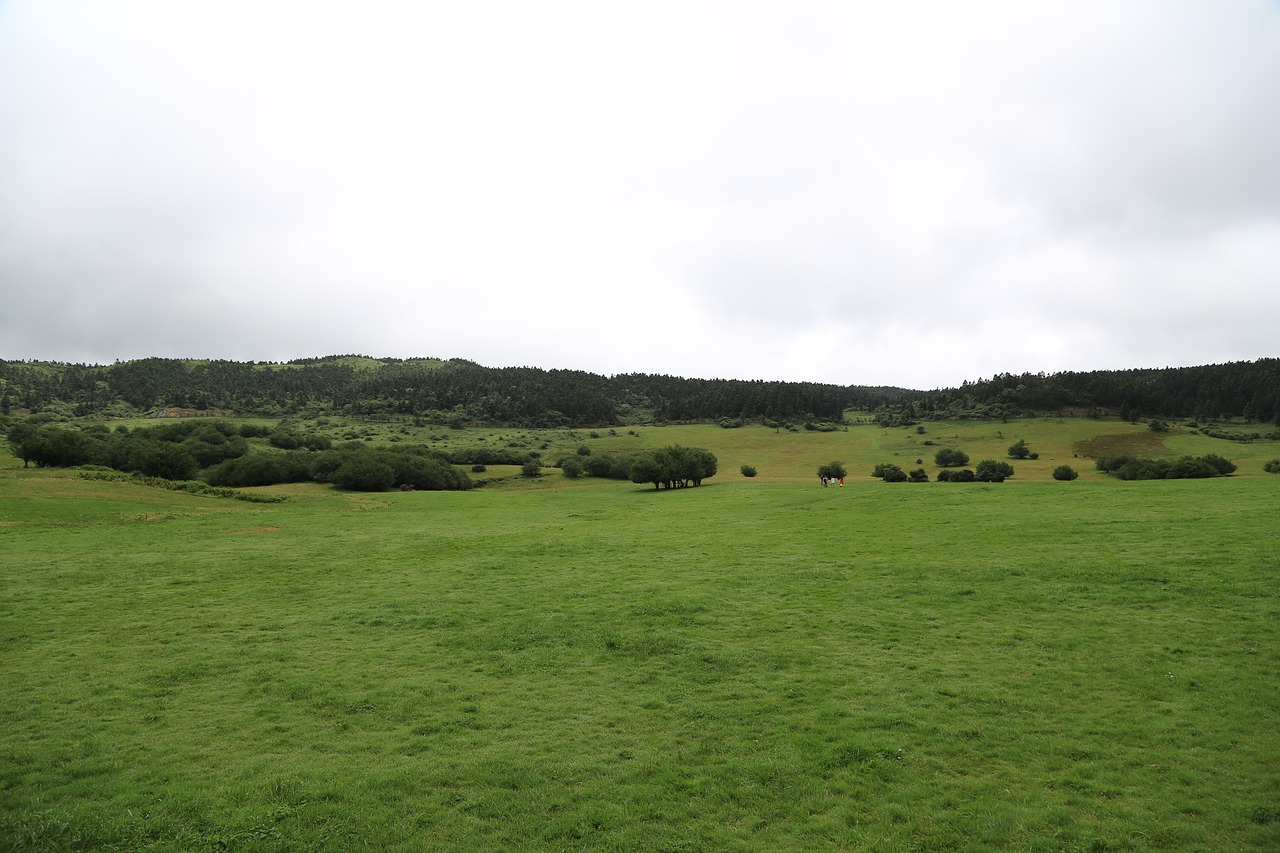
The great plains.
The steppe.
Grassland ecology is the study of the different types of prairies and their key characteristics. Prairies are a type of ecosystem characterized by grasses and other herbaceous plants, with a limited number of trees and shrubs. There are two main types of prairies: shortgrass and longgrass.
Shortgrass prairies are typically found in areas with low rainfall and high temperatures. These prairies are characterized by short, drought-resistant grasses such as buffalo grass and blue grama. The soil in shortgrass prairies is usually shallow and rocky, with poor water retention.
Longgrass prairies, on the other hand, are found in areas with higher rainfall and cooler temperatures. These prairies are characterized by tall, moisture-loving grasses such as big bluestem and switchgrass. The soil in longgrass prairies is typically deeper and richer, with better water retention.
The major grasslands of the world are located in several regions, including the Great Plains of North America, the Pampas of South America, the Steppes of Europe and Asia, and the Veldt of Africa. The boundaries of these grasslands are determined by a combination of climate, soil, and land use patterns.
Historically, the use of land in grassland regions has had a significant impact on the ecology of these ecosystems. Traditional land use practices such as grazing and fire management have played a vital role in shaping the prairies. However, more recent land use patterns such as urbanization and intensive agriculture have had a negative impact on grassland ecosystems, leading to habitat loss and degradation.
Grassland biomes are home to a diverse array of animal species. Some of the most common animals found in grasslands include bison, pronghorn, prairie dogs, and black-footed ferrets. Grasslands also provide habitat for many bird species such as the greater prairie chicken, the swift fox, and the sharp-tailed grouse.
The rain cycle plays a crucial role in the ecology of grasslands. Grasslands require a moderate amount of rainfall to thrive, with most grasslands receiving between 20-40 inches of precipitation per year. However, the moisture levels of different grasslands vary greatly, with shortgrass prairies receiving less rainfall than longgrass prairies.
The plant and vegetation communities of grasslands are also distinct from those of forests. Grasslands are characterized by a wide variety of grasses and other herbaceous plants, while forests are dominated by trees. Grasslands also have a lower plant diversity than forests and are characterized by a simpler plant structure. This difference in plant communities between forests and grasslands is due to the different environmental conditions present in each ecosystem, with forests typically receiving more rainfall and having more shade than grasslands.
In conclusion, grassland ecology is a complex and diverse field of study that encompasses a wide range of ecological and environmental factors. Understanding the key characteristics of different types of prairies, as well as the historical patterns of land use management that have shaped these ecosystems, is crucial for the conservation and management of grassland biomes. Additionally, recognizing the unique plant and animal life that thrives in grassland biomes and the role that rain and moisture play in these ecosystems is important for understanding their ecological significance.